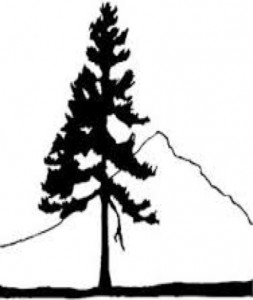“Presently I noted that the sun belt swayed up and down, from solstice to solstice, in a minute or less, and that consequently my pace was over a year a minute; and minute by minute the white snow flashed across the world, and vanished, and was followed by the bright, brief green of spring.”
~ H.G. Wells, ‘The Time Machine’
Summer weather has settled in; one day is pretty much the same as the next though temperatures fluctuate between hot and hotter. In a state of seasonal doldrums, I stumbled upon a publication of an ongoing National Oceanic Atmospheric Administration (NOAA) research project, “Old weather ‘time machine’ opens a treasure trove for researchers.”
As H.G. Wells alludes, time machines have been the stuff of science fiction for generations. But for real? What about a time machine that would allow researchers to reach back into yesteryear and ask questions about long-ago events?
A NOAA-funded research team has assembled a weather “time machine;” the work actually began in 2011 and is ongoing. Known as the 20th Century Reanalysis Project, or 20CRv3 for short, it is a dauntingly complex, high-resolution, four-dimensional reconstruction of the global climate that estimates what the weather was for every single day going back to 1836.
Using NOAA’s Global Forecast System, researchers reconstructed the global atmosphere from surface pressure readings, sea temperature and sea ice observations from archival records, some even transcribed by citizen volunteers. From this data, the model estimates temperature, pressure, winds, moisture, solar radiation and clouds. With these, scientists discover unknown hurricanes, study the climate impact of old volcanic eruptions, and investigate the timing of bird migrations and even pandemics.
Besides expanding scientific knowledge, it sheds light on weather-related times in history. Notably, included are the circumstances leading to the tragic sinking of the Titanic and the extraordinary winter of 1880-81, which was chronicled by Laura Ingalls Wilder in her book “The Long Winter.” It’s the scientific fruit of an international effort led by researchers with NOAA’s Physical Sciences Division, CIRES (NOAA’s educational outreach) and the Dept. of Energy.
How much fun would it be to pore over writings from a 19th century ship log, a farmer’s crop notations, or the diary of a pioneer woman? The sources are numerous and extraordinarily valuable. There’s much to learn from and apply to current and future climatic conditions.
Beginning tomorrow and lasting (seemingly) forever, hot weather will overtake much of southwestern California. Thrown into the forecast is a rain shower. No, not a cold one!
Wanted: a used time machine to transport back to winter.
Sue Kilpatrick is a Crescenta Valley
resident and Official Skywarn Spotter for the
National Weather Service Reach her
at suelkilpatrick@gmail.com.

